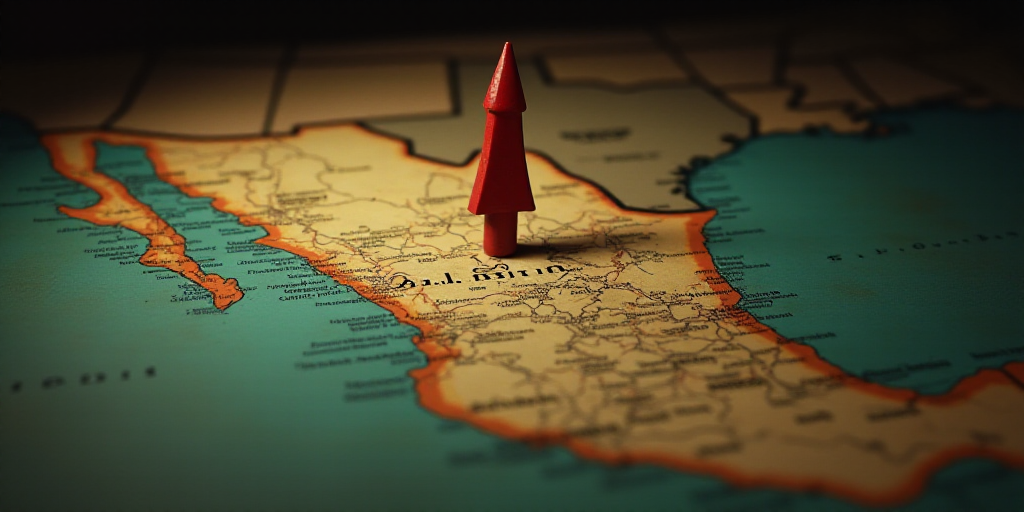Introduction
In Chiapas, Mexico, a staggering 63.3% of the population lacks official medical coverage, whether through public or private institutions, according to estimates from the Multidimensional Poverty Measurement released by Mexico’s National Institute of Statistics and Geography (Inegi).
The Extent of the Problem
According to the data, six out of ten people in Chiapas do not have access to healthcare services, be it public institutions or private units. This prevalence is double the national average and makes Chiapas the state with the most significant issue in Mexico.
Understanding Healthcare Access Crisis
The healthcare access crisis in Chiapas encompasses individuals without affiliation to institutions like IMSS or ISSSTE, those not covered by the Secretary of Health’s units, and those without private medical coverage.
Growing Concern
Notably, the shortage of access to healthcare services is the only social deprivation that has increased over the past eight years, highlighting Chiapas’s struggle to provide adequate medical care for its residents.
Who is Affected?
Chiapas, located in Southern Mexico, is home to diverse indigenous communities and a population of over 4 million. The state’s unique cultural and socio-economic landscape contributes to the challenges in providing universal healthcare access.
The Tzeltal, Tzotzil, and Tojolabal Maya are among the 16 indigenous groups residing in Chiapas. These communities often face barriers such as language differences, limited infrastructure, and geographical isolation, which exacerbate the lack of healthcare access.
Relevance and Impact
Dr. Maria de Lourdes Rosales, a prominent Mexican healthcare advocate and former director of the National Institute of Public Health (INSP), has emphasized the importance of addressing healthcare disparities in Chiapas. Her work highlights the need for tailored solutions to overcome geographical, cultural, and socio-economic barriers.
The healthcare access crisis in Chiapas not only affects the well-being of its residents but also has broader implications for Mexico’s overall healthcare system. As the state with the highest prevalence of this issue, Chiapas serves as a barometer for the challenges facing universal healthcare access in Mexico.
Key Questions and Answers
- What is the main issue in Chiapas regarding healthcare access? The primary concern is that 63.3% of the population lacks official medical coverage, neither public nor private.
- Why is Chiapas facing this crisis? The state’s unique cultural and socio-economic landscape, coupled with geographical challenges and language barriers, contributes to the difficulties in providing universal healthcare access.
- Who has highlighted the importance of addressing this issue? Dr. Maria de Lourdes Rosales, a renowned Mexican healthcare advocate and former director of the National Institute of Public Health (INSP), has emphasized the need for tailored solutions to overcome barriers in Chiapas.
- What are the broader implications of this crisis? The healthcare access crisis in Chiapas not only affects the well-being of its residents but also serves as an indicator for challenges facing universal healthcare access in Mexico.






